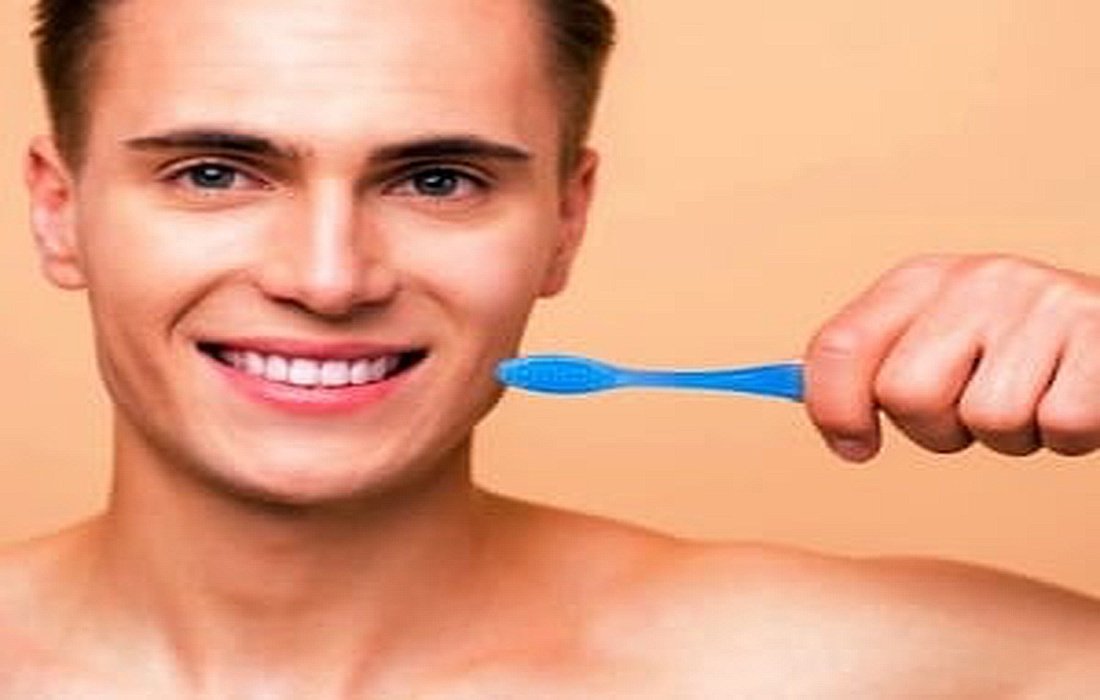Common mistakes during brushing and usingmouthwashandflossingyou make
A beautiful smile; it’s one of your most attractive features. But what can damage your teeth? Poor dental hygiene habits. Most people do not take proper care of their teeth.
To keep your teeth in top shape, regular dentist visits are essential. However, good oral hygiene starts at home, and brushing your teeth correctly is vital for maintaining healthy gums and teeth. Unfortunately, many of us make mistakes in this area.
As you read this section on oral health inSelMagzyou will confront common mistakes made while brushing teeth.
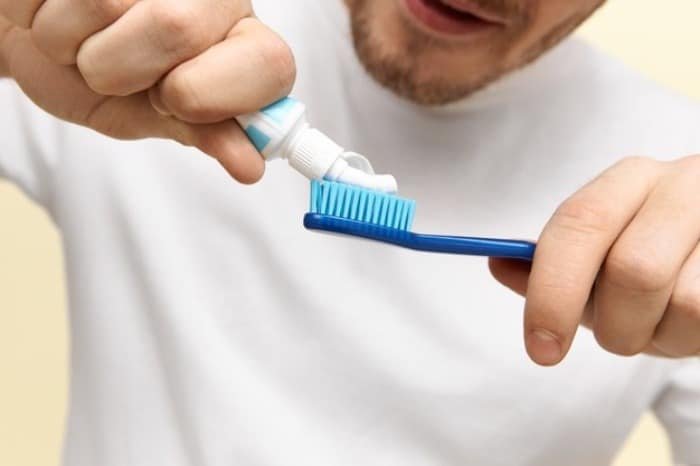
Common mistakes most people make while brushing
11 common mistakes when brushing
1. Using a toothbrush for too long:
With regular use (twice a day for a week), the average lifespan of a toothbrush is about 3 months. After about 200 uses, you should replace your toothbrush because the bristles can break. Broken bristles won’t clean your mouth and teeth properly.
Change your toothbrush when it loses its flexibility. After two months of daily use, bacteria and food particles can remain on the brush, so be sure to replace your toothbrush every three months.
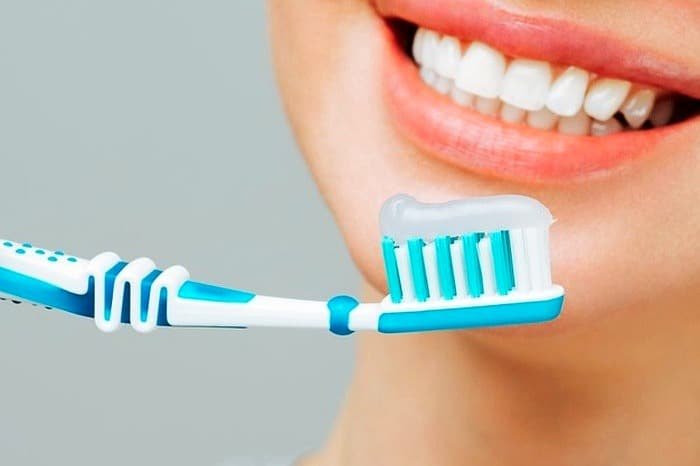
How to use a toothbrush andbrushing mistakes
2. Not brushing your teeth enough:
You need to brush for two minutes; however, most people only brush for about 45 seconds. Brushing for less than 2 minutes prevents fluoride in toothpaste from absorbing into your teeth, and your teeth don’t get cleaned properly.
Often parts of the mouth are ignored; your teeth might look white and pearly, but what about the sides and back? You can use an electric toothbrush or set a timer for 2 minutes; just make sure to brush for the full 2 minutes.
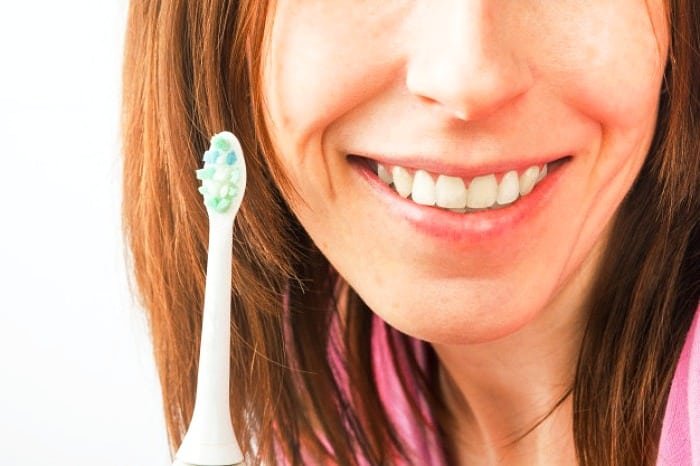
Daily brushing mistakes
3. Rinsing your mouth with water after brushing:
Yes, you can rinse your mouth after brushing to spit out the toothpaste, but the moment water mixes in, it reduces the fluoride’s effectiveness. Some of you might have the habit of rinsing with water instead of using a fluoride mouthwash, and you should wait at least half an hour after brushing before drinking water or other liquids.
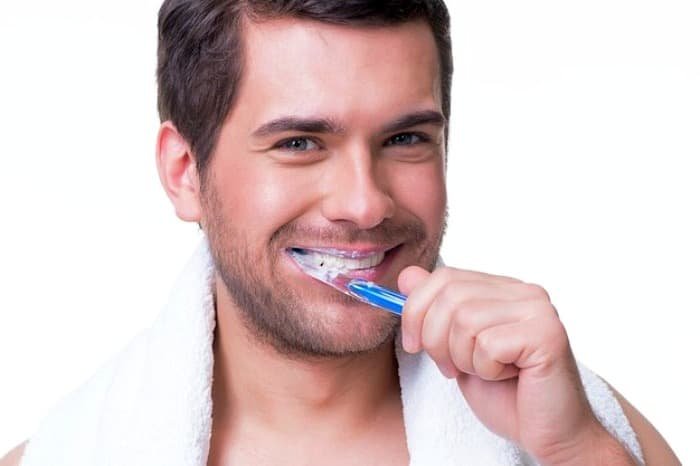
Brushing and rinsing mistakes
Brushings mistakes can happen!
4. Storing your toothbrush in the bathroom:
We’ve all probably made this mistake:
According to a study, keeping your toothbrush in the bathroom can contaminate it. Evenhuman feceshave been found on it. How can this happen? Because you store it in your toilet area. When you flush, the toilet bowl’s contents spray everywhere;
If you share your bathroom with others, especially kids, the risk of contamination increases. Keeping your toothbrush in a case decreases this problem, so place yours somewhere else, like in your medicine cabinet.
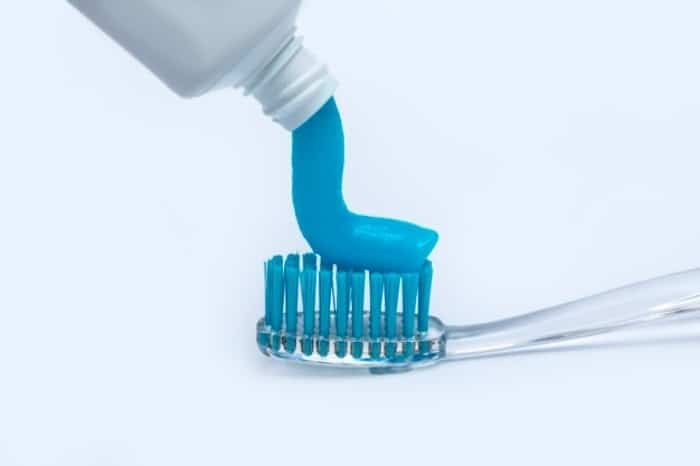
Brushing mistakes and how to store your toothbrush
5. Using dental floss:
Flossing is necessary at least once a day to remove plaque between your teeth where your toothbrush can’t reach. Plaque that isn’t removed can harden, becoming the perfect place for bacteria to grow. Starting to floss may be tough, so begin with just one tooth. Once you get started, it’ll be easier to continue with the rest.
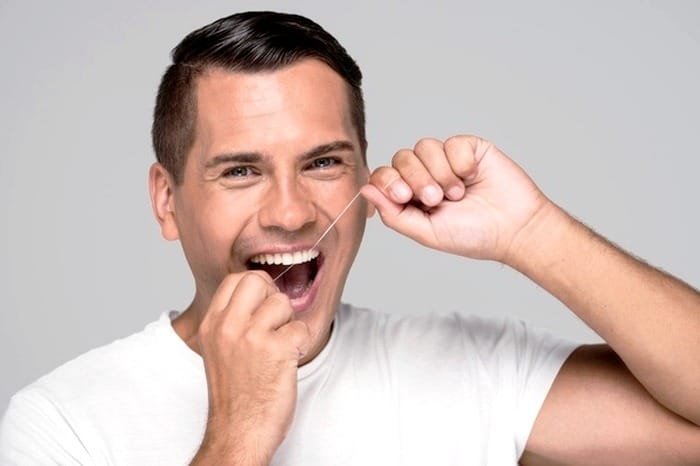
Flossing mistakes and how to floss
Brushing mistakes
6. Not cleaning your tongue after brushing:
Clean your tongue to eliminatebad breathand bacteria; use a mouth scrub or a toothbrush that has a tongue cleaner. You can even use your toothbrush itself to clean your tongue; it may not work as well as a dedicated tool but is still effective.
7. Using a hard-bristled toothbrush:
If your toothbrush bristles are too hard, they can damage your gums. Use a soft-bristled toothbrush; the goal of brushing is to remove food debris from your teeth, not to polish them. Using a hard or medium toothbrush can damage tooth enamel and make it sensitive.
8. Incorrect toothbrush usage:
The correct way to brush is with a circular motion; do not move back and forth; circular motions are the best for effective cleaning.
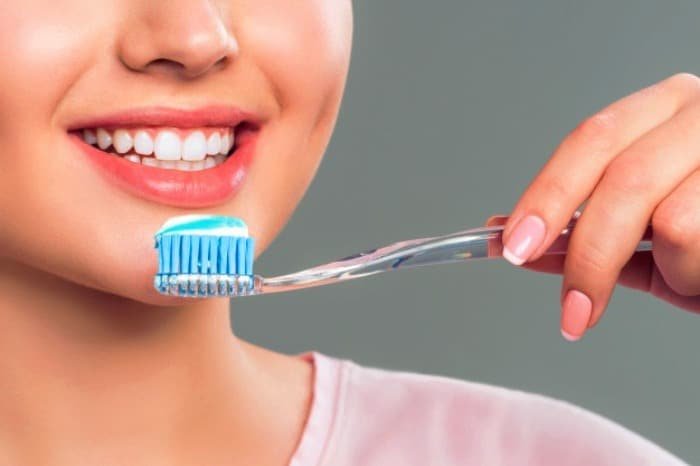
What are brushing mistakes?
Important facts and mistakes while brushing
9. Brushing at the wrong angle:
You should always hold your toothbrush at a 45-degree angle and brush in circular motions. This technique allows for easy brushing of both your gums and upper teeth.
10. Brushing just one area:
Brushing is something we do out of habit, but we often neglect some areas. Change your brushing pattern and make sure to brush all areas; using an electric toothbrush can make this easier; just remember to move it in different directions.
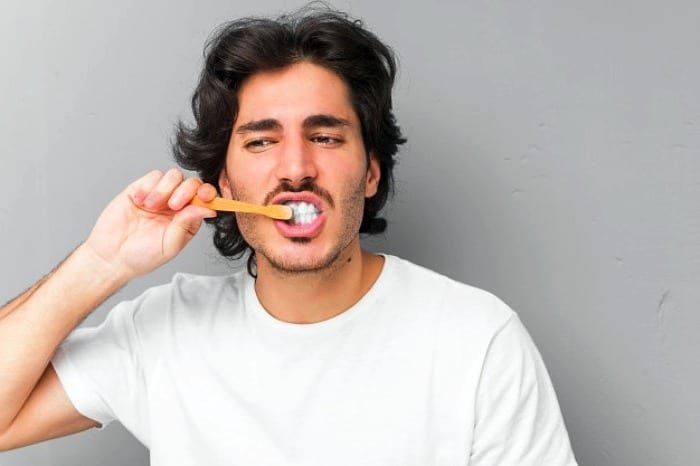
Learn about brushing mistakes!
11. Brushing more than twice a day:
You don’t need to brush more than twice a day; some people think it’s okay to brush 3 or 4 times a day, usually after every meal. Brushing more than twice can harm your gums and tooth enamel.
How long after eating should you brush?
Many people don’t wait to brush after consuming acidic foods; after eating, the mouth’s pH drops, and brushing can allow acid to penetrate tooth enamel more easily. You should wait at least 30 minutes before brushing.
It takes a minimum of 3 weeks to develop new habits; make one change to your brushing routine each week to see and feel the difference.
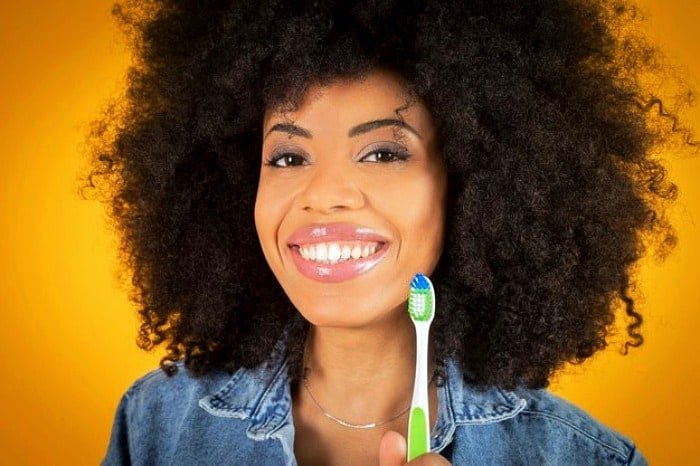
Eliminating mistakes while brushing
Regular dental visits and avoiding these mistakes will ensure the health of your gums and teeth.



